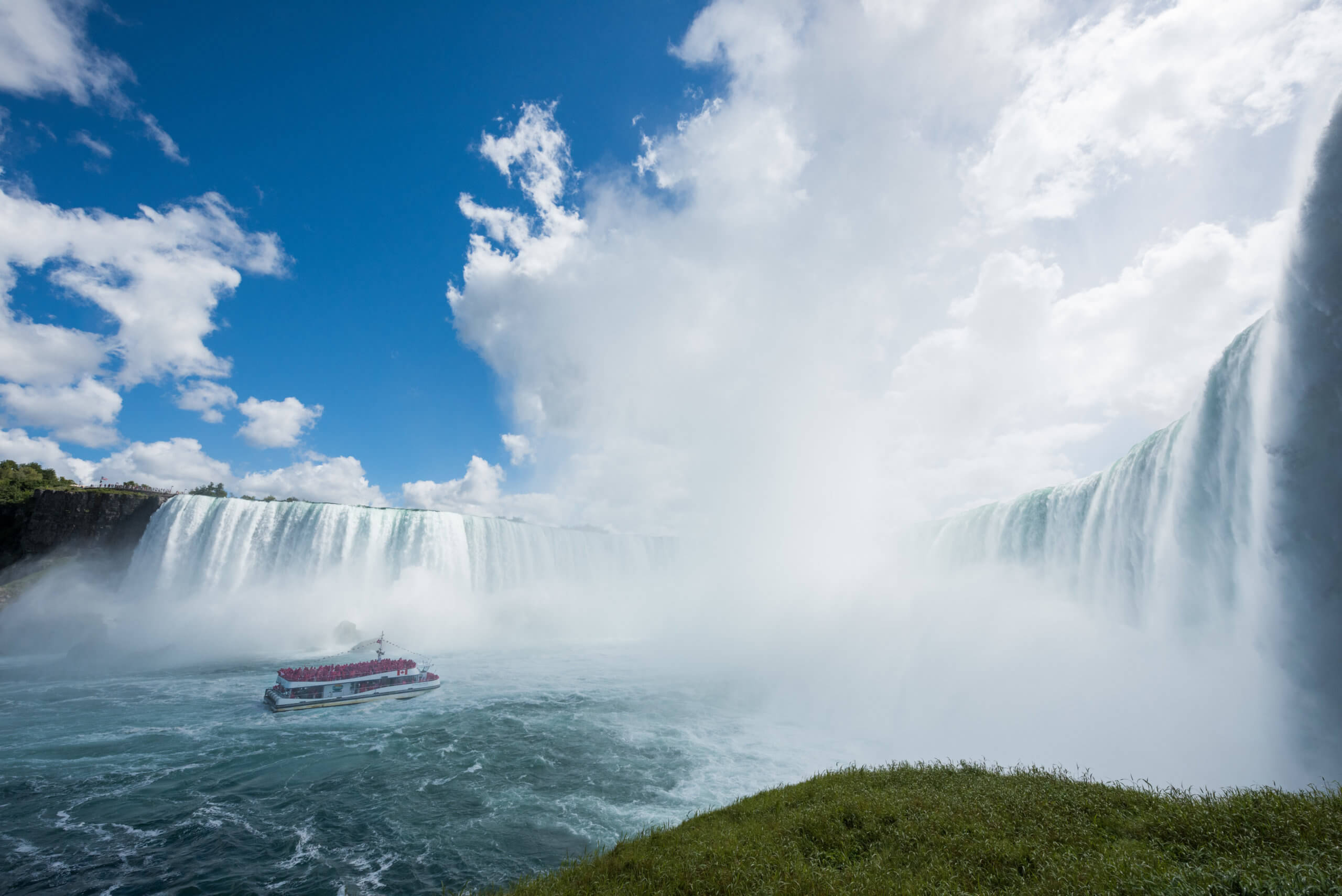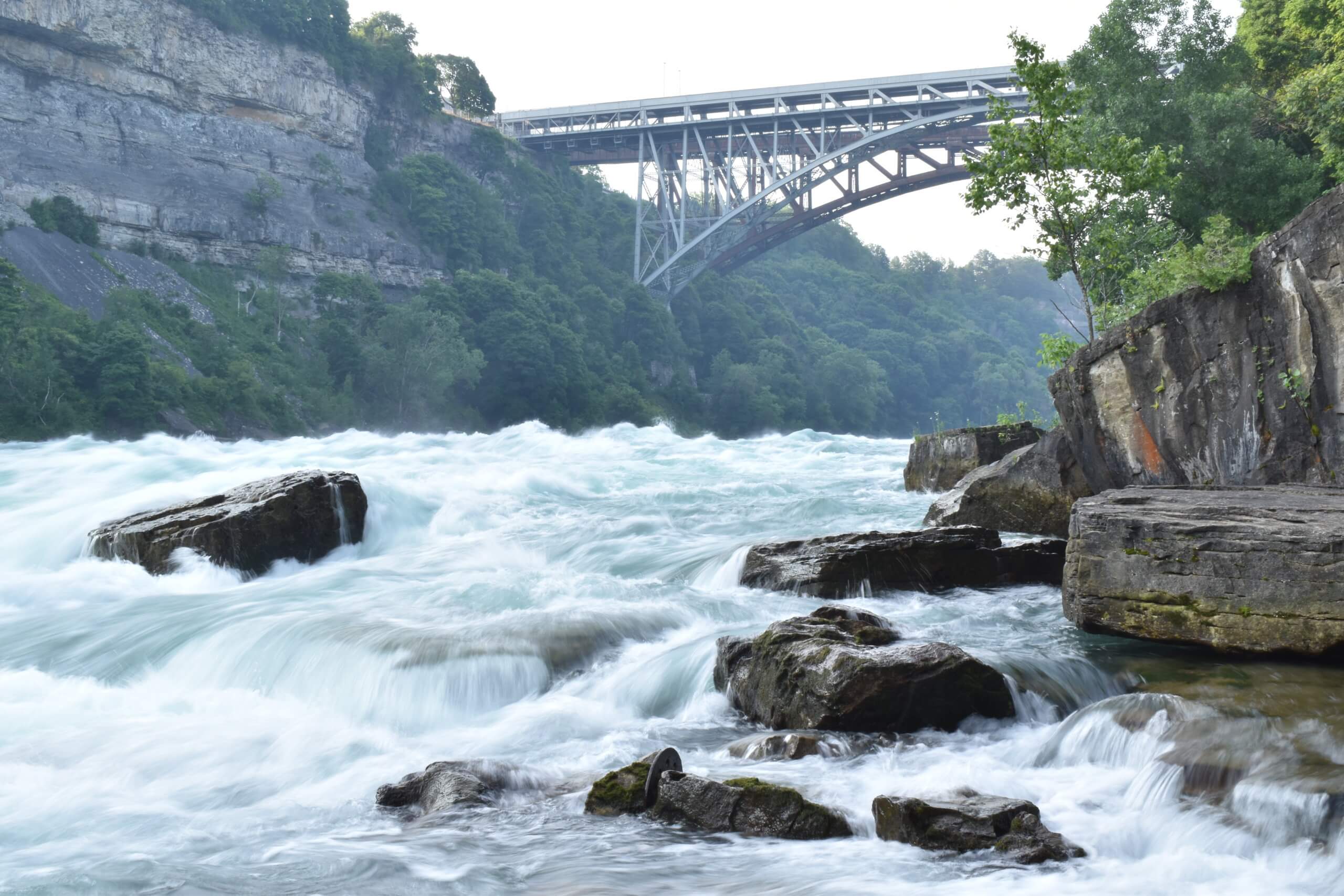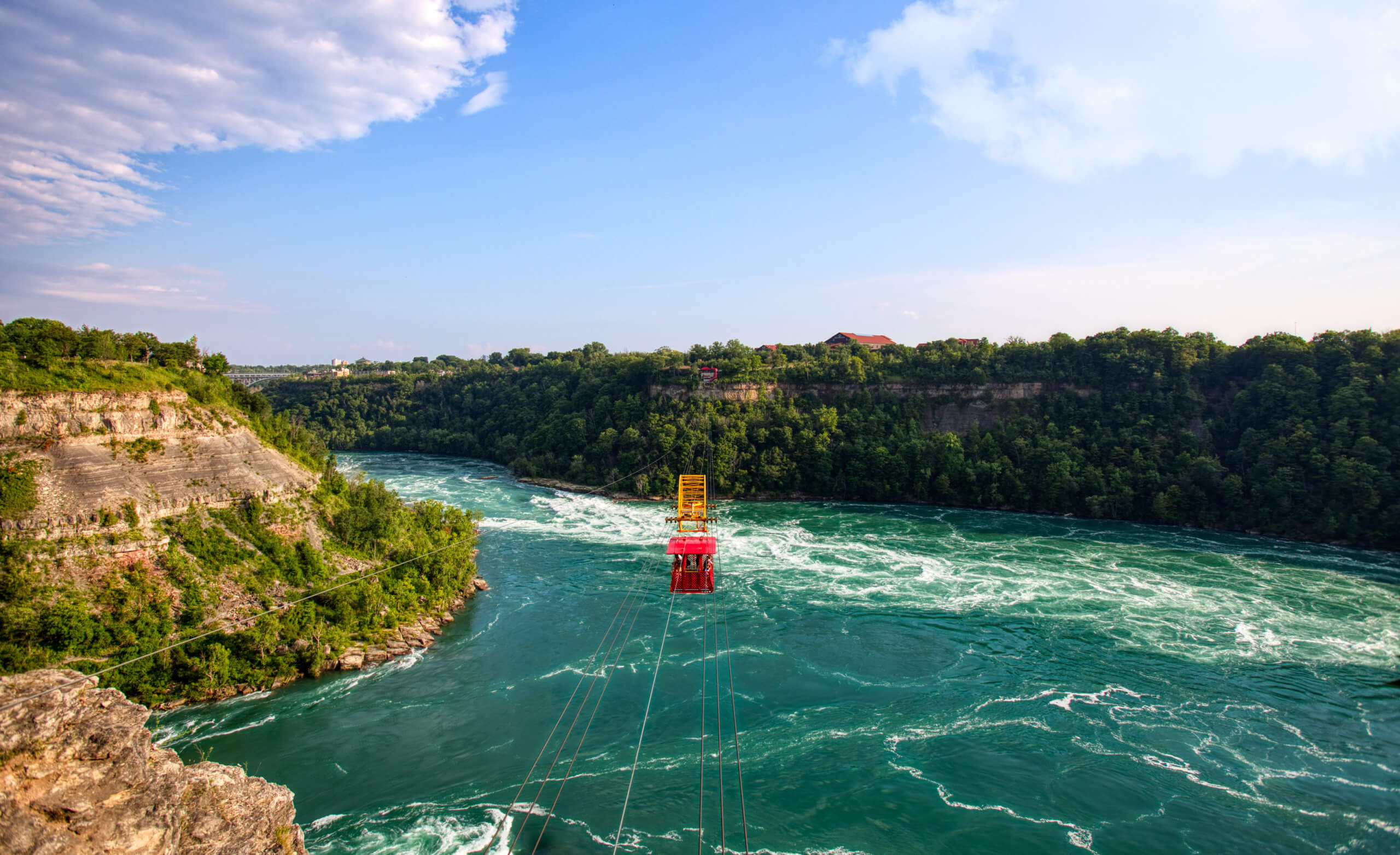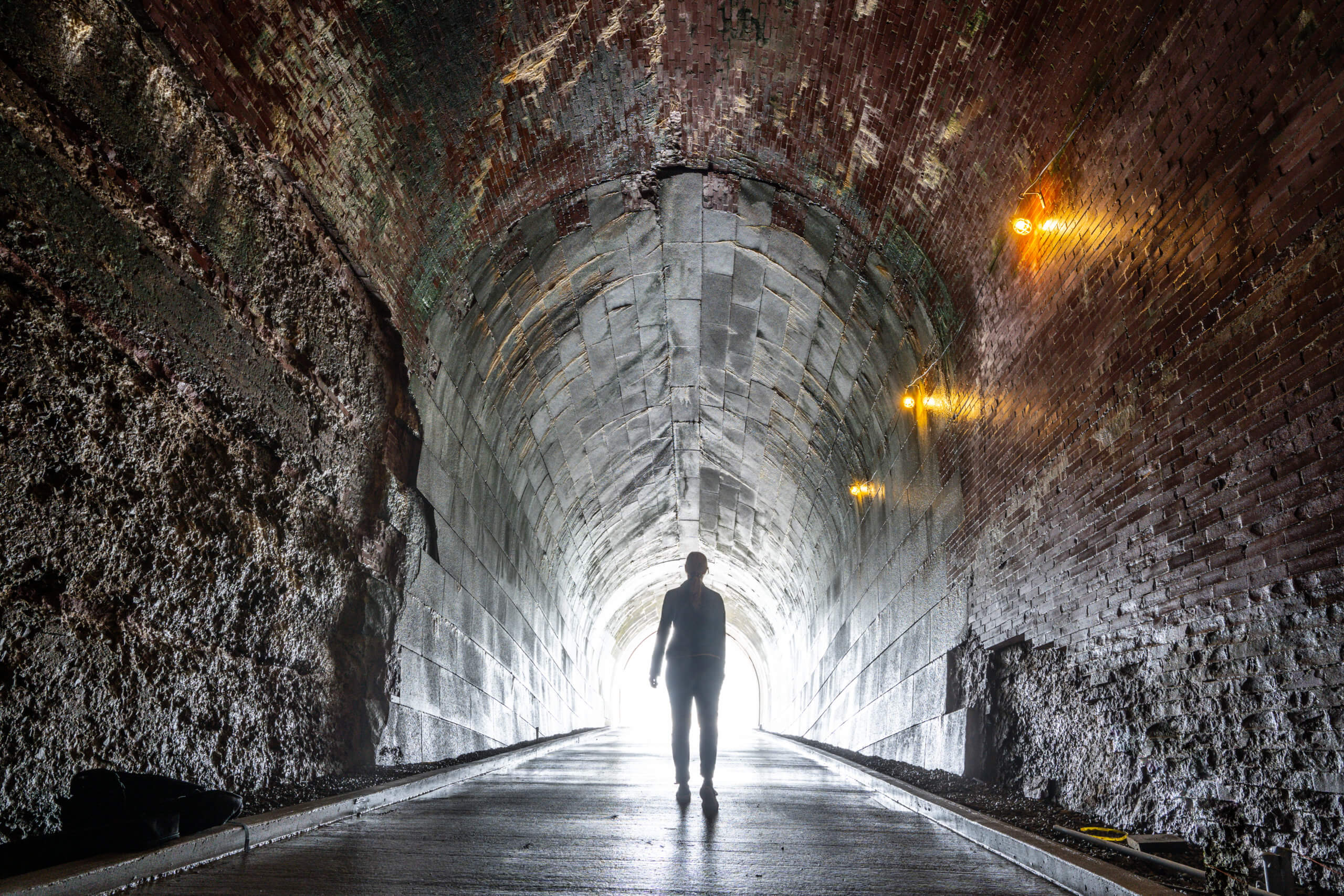Exploring the Beauty of Niagara Falls
Instantly recognizable and famous all over the world, southern Ontario’s Niagara Falls is one of Canada’s top natural attractions. It provides a dramatic border between Ontario and New York State and attracts millions of annual visitors on both sides of the border.
In Ontario, Niagara Falls has been built up as a destination of fun for all ages — casinos and mini-golf, theatre performances and wax museums, zip lining and shopping.
At the backdrop of it all is the awe-inspiring natural wonder of one of the greatest waterfalls in the world.
While millions visit for that must-have photo, many miss the opportunity to dive deeper into this geological wonder. Read on for details about how Niagara Falls was formed, what makes it so special and how you can discover the natural beauty of the region.
How was Niagara Falls formed?
The water that plunges down these thundering waterfalls at a staggering pace of 100,000 cubic feet per second comes from the Great Lakes, the largest freshwater system in the world. The waters gather in the 58-km-long Niagara River and plunge down the falls on their way from Lake Erie to Lake Ontario and eventually down the St. Lawrence River to the Atlantic Ocean.
The entire Great Lakes Basin is a result of the last ice age, which began about 18,000 years ago. As the ice sheets advanced, they created the basins for the five Great Lakes — Michigan, Superior, Huron, Erie and Ontario. As they receded (approximately 12,500 years ago), the ice sheets deposited water into these basins.
Related: The 900-km Bruce Trails begins in Niagara Falls. Read our guide to hiking the Bruce on the Landsby Journal.
Is Niagara Falls the biggest waterfall in the world?
The answer to whether Niagara Falls is the world’s biggest waterfall depends on how you measure and define “biggest”.
Niagara Falls is actually made up of three separate waterfalls. They are known as Horseshoe Falls, American Falls and Bridal Veil Falls. And while these waterfalls are not the world’s tallest nor the world’s widest, what makes Niagara Falls so special is the enormous volume of water that goes over these falls each second. The height and volume combined make Niagara Falls one of the world’s most impressive sights that has to be seen to be believed. In the measurement of water flowing over the three falls, Niagara is the biggest in the world with an average of 1,834 cubic feet per second.
The sheer power of the water flow means that Niagara Falls is changing every year, slowly eroding and making the gorge larger while moving further up the Niagara River.
How to see the natural beauty of Niagara Falls
Up close and personal with the water
While it is possible to visit in a day, you could easily spend a few just getting to know the region and the Falls more intimately. One of the most popular ways to experience the sheer power of the water is to get closer. There are two ways to do that: on a boat or by taking the Journey Behind the Falls.
The very popular boat cruise known as the Hornblower takes visitors on a short ride along the Niagara Gorge, past the American and Bridal Veil Falls and right up into the mist and spray of powerful Horseshoe Falls.
Journey Behind the Falls is taken from the Table Rock Centre, which is located right by the edge of the Falls. You will descend 125 feet through the bedrock and walk through 130-year-old tunnels to get to the observation deck at the foot of the massive Falls. The roar and spray as the water crashes down in front of you is incredible and really gives you a sense of its magnitude.
Explore the Niagara River and Niagara Gorge
What happens to all that water after it plunges down the Falls? It travels along the Niagara River, through the Gorge, over some of the wildest rapids on the continent before emptying into Lake Ontario. The distance between the current location of the Falls and Lake Ontario is just shy of 22 km. At the end, where the river empties into the lake, is the pretty town of Niagara-on-the-Lake, which is also well worth a visit.
Many visitors to the Falls actually miss seeing the geological wonder that is the Niagara Gorge, a long valley carved out by the flow of water over thousands of years. Remember how we said the Falls was eroding each year? This deep valley is the result of that erosion and 12,000 or 13,000 years ago the Falls was located at the beginning of the gorge (there’s a sign at the spot).
Walk the River
Seeing the Niagara Gorge and the swirling turquoise rapids is really incredible and there are a few safe ways to do so. One way is through the Niagara Parks White Water Walk. As with many of Niagara’s attractions, it begins with an elevator descent down to the bottom of the cliffs and a short walk through a tunnel to the edge of the river. Here you’ll find a 400-metre boardwalk with multiple viewing platforms that follows the river and allows you to safely see the swirling Class VI rapids and gaze up at the cliffs.
See it from above
Another interesting way to get a good look at the rapids is with a Whirlpool Aero Car ride. Suspended between two points on the Canadian side of the gorge, the cable car takes you over the swirling Niagara Whirlpool for a birds-eye view of the rapids and the surrounding cliffs. It was built more than 100 years ago and travels about one kilometre on a roundtrip.
Hiking & Biking in Niagara Falls
Just steps away from the hustle and bustle of busy Niagara Falls is an oasis of beautiful trails. You can walk, hike, bike or picnic around these spots to get a great perspective on the natural beauty that surrounds the Falls.
Niagara Glen is located deep in the Niagara Gorge with stairways that lead to four kilometres of hiking paths. You’ll find some pockets of remaining Carolinian Forest and gorgeous views of the Niagara River rapids and the whirlpool. The surrounding cliffs and boulders showcase 400 million years of natural history.
Paradise Grove is a haven of tranquility that houses old growth oak trees, remnants of tallgrass prairie and some species at risk. Located at the north end of the Niagara Parkway, Paradise Grove is a great place to come and enjoy nature. There are plenty of places to walk and cycle.
Cycling by the Niagara River is also an option along the Niagara River Recreation Trail, a 53-km path that runs from Fort Erie to Niagara-on-the-lake. It consists of four sections, with each one taking 1-2 hours to cycle leisurely. The first section is the Niagara-on-the-Lake to Queenston, the second is Queenston to the Whirlpool Aero Car, the third goes from Chippawa to Black Creek and the last goes from Black Creek to Fort Erie.
Niagara’s Power History
Inextricably linked to Niagara Falls is the history of power generation. For more than 100 years, people have been harnessing the power of Horseshoe Falls and using it to generate electricity for communities in both the United States and Canada. It has changed and affected both the way the Falls looks and our relationship to it.
For those interested in learning about this interesting history, Niagara Parks has a new attraction that brings it to life. The old Power Generating Station, which was decommissioned 15 years ago, is now open to the public with interactive displays, artefacts and an evening light show. In 2022, Niagara Parks also opened “the Tunnel”, which had been excavated in 1901 and used for a century to carry diverted water from the power plant back to the Niagara River. Now visitors can descend down 180 feet in a glass elevator and walk the 2,200 feet tunnel to reach the new viewing platform at the edge of the river. This provides a different view of the Falls and some insight into how power generation is carved into this region’s history.










